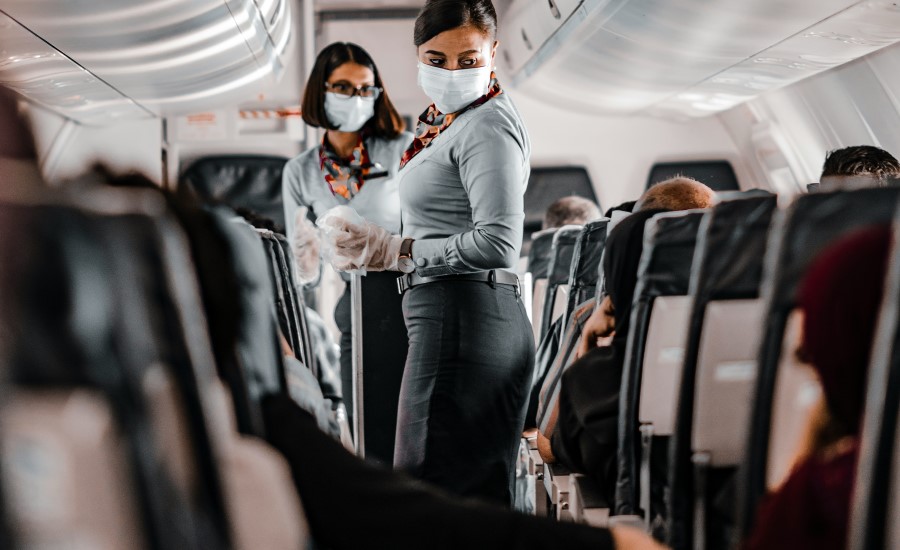Revisiting and Extending: ‘‘Who Should You Market to in a Crisis? Examining Plog’s Model During the COVID-19 Pandemic’’

This research expands on a study conducted during the early days of the COVID-19 pandemic. That study confirmed the applicability of Plog's model of Allocentricity (those with little fear and who are adventuresome) and Psychocentricity (those who are more nervous about travelling and want more predictability in their travel) related to fear of travel within the context of the pandemic. As the theory would predict, allocentrics) were found to be more open to travel during the first four months of the pandemic. The current research, employing the identical survey instrument and research method to the previous study, extended the data collection for an additional year as the pandemic evolved.
From a theory perspective, this research adds support for the use of Plog's model as a tool to help understand travel intentions, as we found, regardless of the travel query, the travel attitudes of Plog's three segments have been consistently different, and different in the manner Plog's model would predict. We also confirmed, unsurprisingly, that over time, even as the pandemic continued, hesitancy to travel began to lessen. However, whether in the early stage of the pandemic, when travel expectations were severely depressed, or in the later months, when travel normality began to return, the gap between the three Plog segments remained remarkably consistent. Those with Allocentric tendencies were the quickest to plan on returning to travel, and those with Psychocentric tendencies were the slowest to do so. This study has allowed a more extensive examination that confirmed and expanded the earlier findings, providing significant value to academics and practitioners while affirming Plog's model's value for destination marketers during a crisis.
Recognizing the differences between the segments and their travel anticipation trends is essential when promoting one's destination. As discussed in our earlier paper, at the onset of the crisis, it made sense for marketing to focus heavily on those adventurous souls who may be willing to travel when others were not, with such targeted marketing likely to provide an enhanced chance for success. What we learned herein, evident as one examines the graphical figures, is that as sentiment toward travel improves, there will be a time when marketers should begin easing toward a more normalized positioning proposition. We found that as the pandemic wore on, people seemed to become fatigued by and perhaps somewhat desensitized to the dangers of COVID as more and more people across all three Plog categories began adding travel plans back into their lives. Stephen W. Litvin, Daniel Guttentag, Wayne W. Smith, & Robert E. Pitts (2024). Revisiting and Extending: “Who Should You Market to in a Crisis? Examining Plog’s Model During the COVID-19 Pandemic” (external link) , Journal of Travel Research, 63(5).
Stephen W. Litvin, Daniel Guttentag, Wayne W. Smith, & Robert E. Pitts (2024). Revisiting and Extending: “Who Should You Market to in a Crisis? Examining Plog’s Model During the COVID-19 Pandemic” (external link) , Journal of Travel Research, 63(5).
